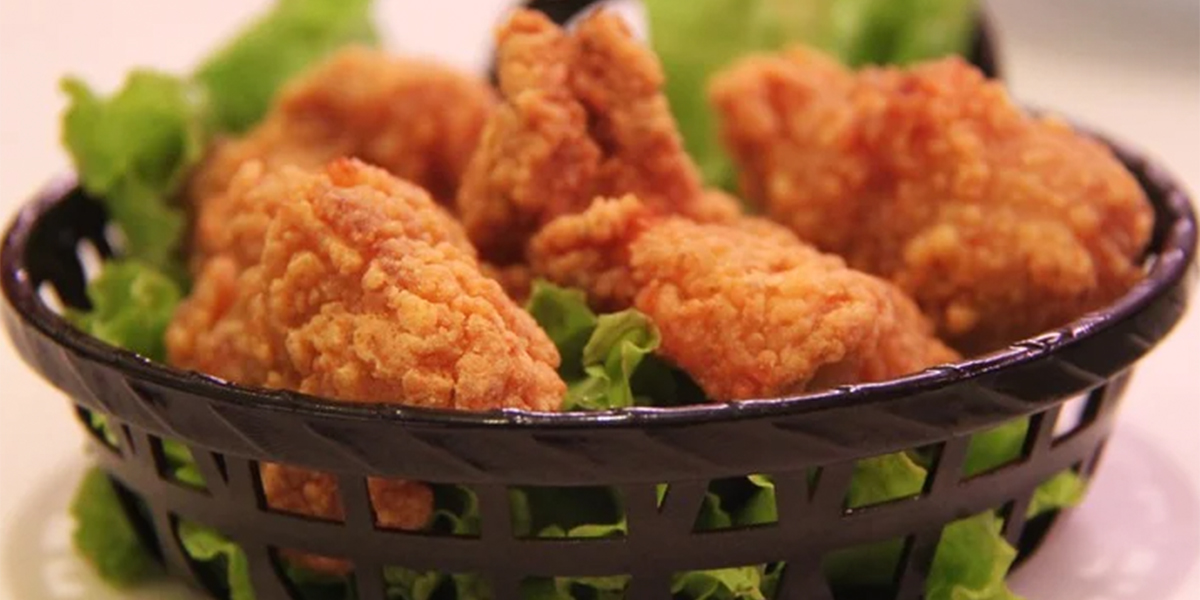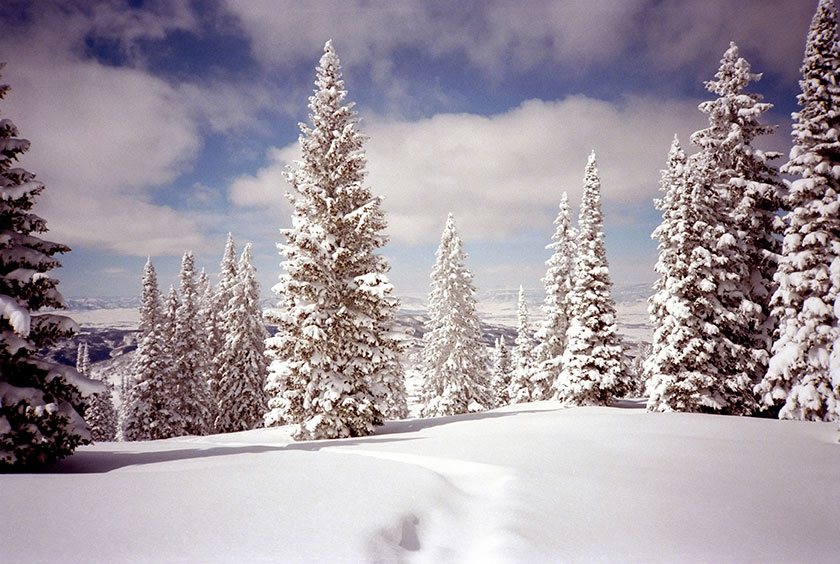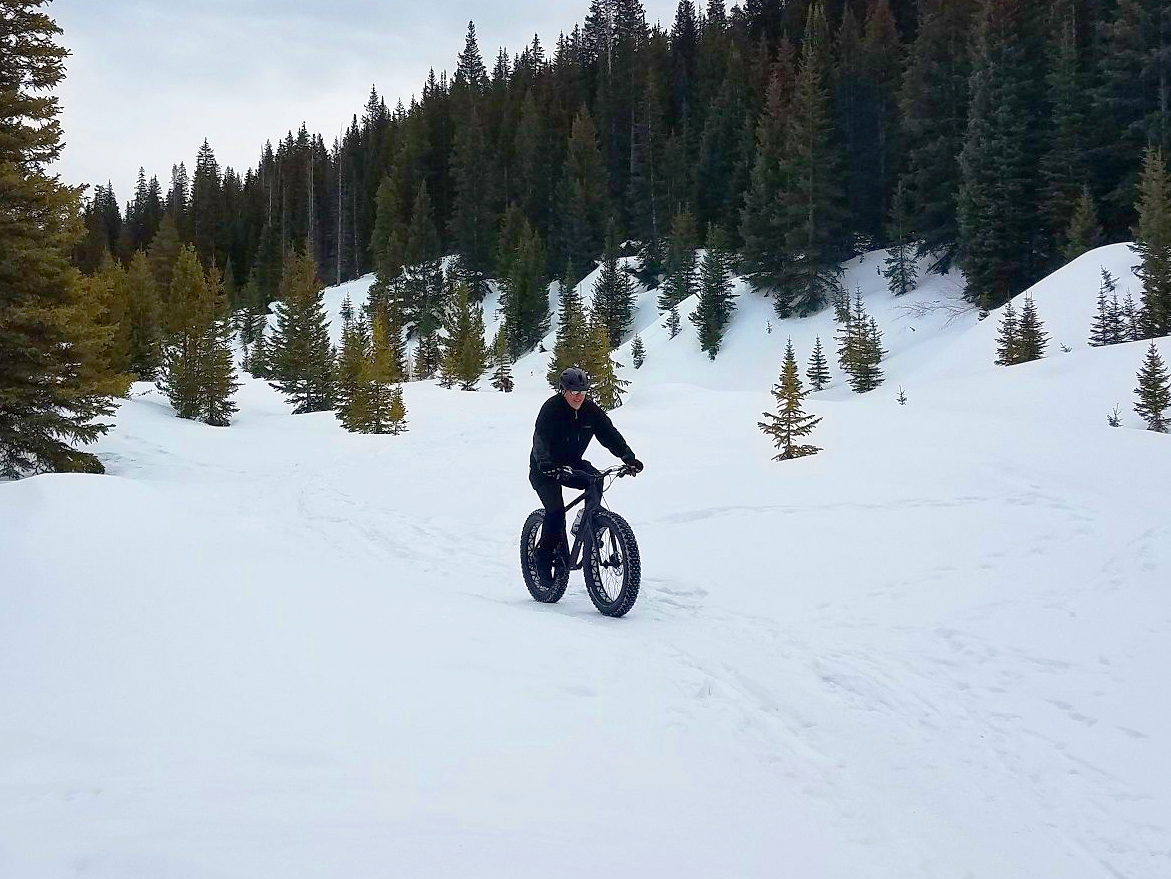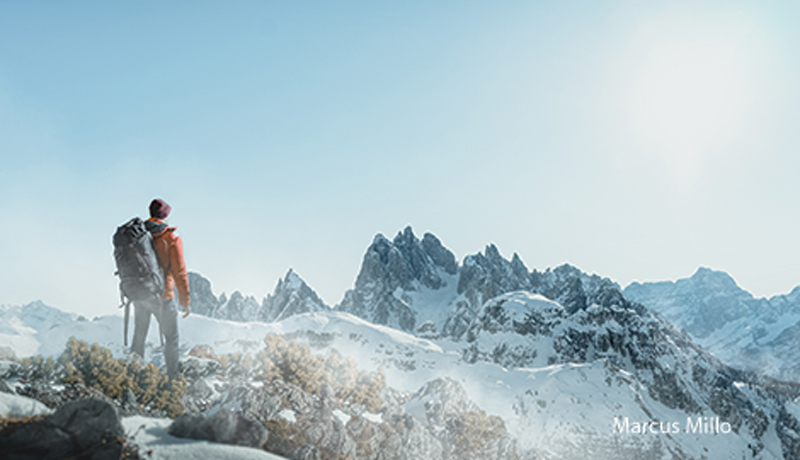Rocky Mountain Oysters a Culinary Delight
Colorado’s Rocky Mountain Oysters
Satisfy your seafood craving with Rocky Mountain Oysters. Although Colorado is a landlocked state, and does not have access to fresh seafood. We make up for this with our abundance of mountains and grasslands. Big game wildlife and grazing livestock have been indigenous to the Rocky Mountain region for as long as history has been recorded. The Old West, or the pioneering of the West, included the development of the open-range cattle industry. It was during this time that the American cowboy came to life. Driving cattle across the open range to market or greener pastures was life on the range as a cowboy… and so became eating Rocky Mountain Oysters.

Round Ups
Twice a year, in spring and again in the fall, cowboys from different ranches would come together and round up the cattle, which had been turned out onto the open plains to graze. During these round-ups, cattle would be sorted according to the various ranches, the new calves would be branded, and steers would be driven to market.
Round-ups also facilitated the castration of young calves or bulls who would not be used as breeding stock. At the old West round-ups, the testicles were tossed straight onto a hot iron stove. When the calf fries exploded, they were done. Round-ups became a regular event as cattle drives often ended at towns or outfits. Rodeos developed as a part of this festive time. Eating, drinking, and carrying on was the normal state of affairs. As they have been known, Montana tender groin, cowboy caviar, swinging beef, Rocky Mountain Oysters, or calf fries are all the same thing: bull testicles. Back then, these tasty treats were considered a special delicacy for the cowboys.
Rocky Mountain Oysters Today
Today, the same process continues, although it is much more civilized. The testicles are harvested, frozen, and sold to restaurants, where they are prepared by chefs. They are skinned, sliced, battered, and deep-fried until golden brown. They are then plated and traditionally served with cocktail and horseradish sauce.
Rocky Mountain Oysters are a favorite for many Coloradans and are popular with tourists. If the reality of eating testicles makes your stomach churn, they might not be for you; however, if you’re curious, we recommend you try them. You might find a new culinary favorite.
Rocky Mountain Oyster Recipe:
Prep time: 2 hrs
Ingredients:
- 2 pounds calf testicles (not bull testicles, more tender)
- 2 cups beer
- 2 eggs beaten
- 1 ½ cups all-purpose flour
- ¼ cup yellow cornmeal
- Salt and pepper to taste
- 1 tablespoon hot pepper sauce
- Vegetable oil (for frying)
Instructions
With a sharp knife, split the tough, skin-like muscle that encases each testicle. Peel the skin away (this is easy while thawing out). Either leave the testicle whole or slice it into approximately ¼ ½ inch-thick ovals.
Place slices in a large pan or bowl with beer to cover them. Let sit for 2 hours.
Combine egg, flour, cornmeal, salt, and pepper in a shallow bowl.
Remove testicles from beer; drain and dredge thoroughly in the wet flour.
In a large, deep pot, heat oil to 375 degrees F. Deep fry for 3 minutes or until golden brown. When done, they will rise to the surface. Drain on paper towels. Serve warm with a cocktail or horseradish sauce.
by Kathleen Fitzsimmons






